How the ESA is Engineering the Future of Space Travel
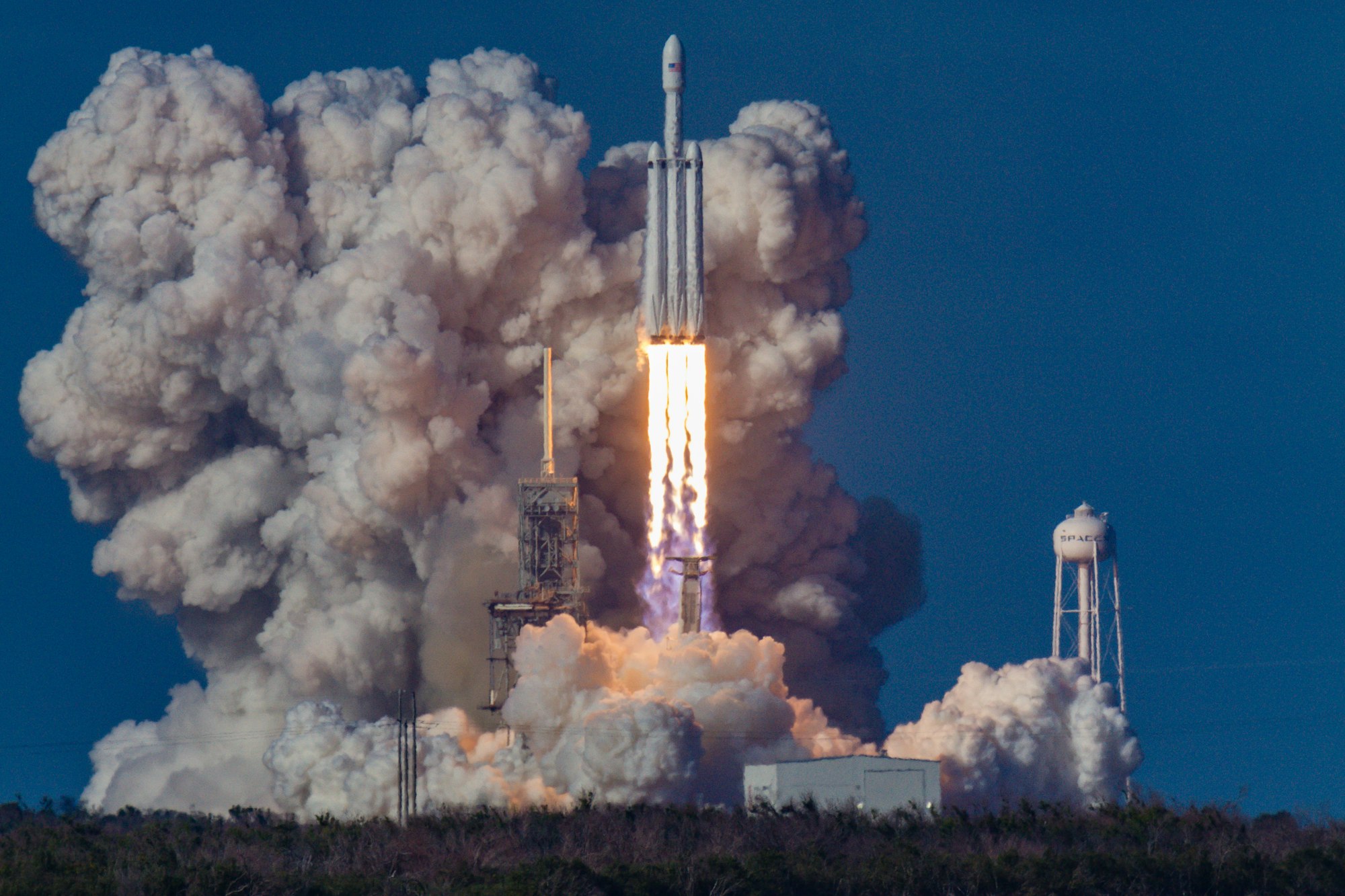
Following on from my last post on the ARIEL mission, I wanted to do a deeper dive on the European Space Agency’s future technology developments for space. This post focuses on the Directorate for Space Transportation, and the ways the the ESA is looking to bring new technologies into the space industry, in an even more sustainable way than before. Again, if you’re new to aerospace engineering, I’ll be doing my best to explain concepts as simply as possible!
The ESA’s Structure, and the Directorate of Space Transportation
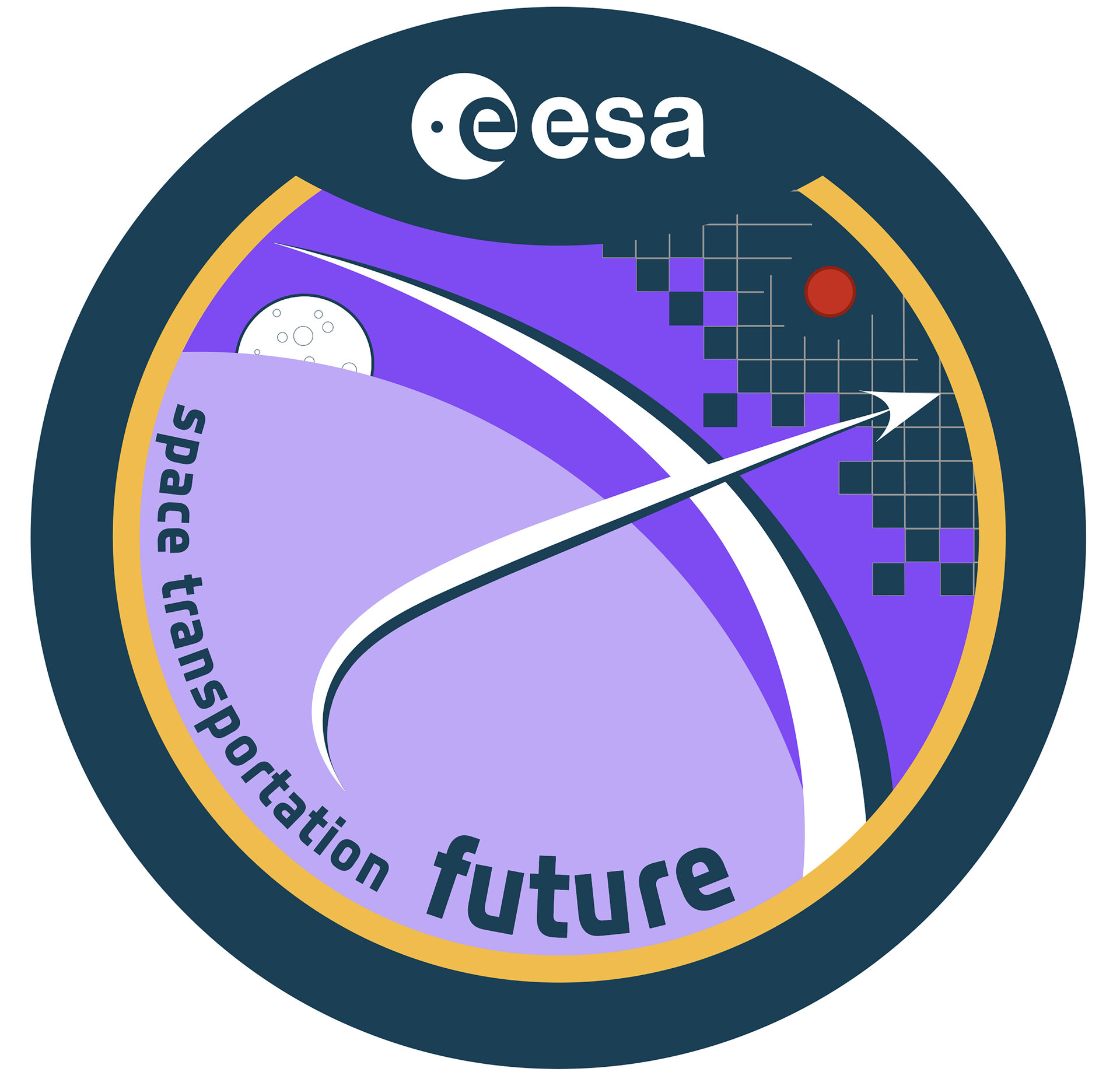
To begin with - the ESA is a massive agency. It employs over 2700 people, meaning to be successful, it has to operate through a network of several directorates - different departments, each specialised in their own domains of space activity, whether that be in space exploration, science or technology. Each of those departments works together to achieve the goals of the organisation.
The Directorate of Space Transportation is one of those, tasked with developing and managing Europe's space access vehicles and infrastructure. It's crucial for launching and operating missions across all the other domains of space exploration - the cornerstone for ensuring Europe has autonomous access to space.
Autonomous is the keyword there - for an organisation with over 20 members states, independent access to space is crucial for a lot of European governments. The Directorate's mission is to maintain and enhance this capability, ensuring that Europe can launch its satellites and space missions without relying on non-European spaceports or launch vehicles, like those in America. So, the directorate is also focused on finding ways to set up its own launch systems.
The Future Launchers Preparatory Programme

Digging even deeper is the Future Launchers Preparatory Programme, a subsect within the directorate where ESA's vision for the next leap in launch vehicles takes shape. Formed in 2004, the mission of this department is to take pre-existing technologies with lesser proof of concept (what's referred to as a lower 'Technology Readiness Level') and work to elevate them to the point where they've been verified, and are ready to be put onto launch systems for future missions.
Essentially - identifying all of the new and exciting space technology that's being developed right now, and figuring out ways of making it viable and usable until it can actually be launched into space. Pretty exciting!
So How Do They Do It?
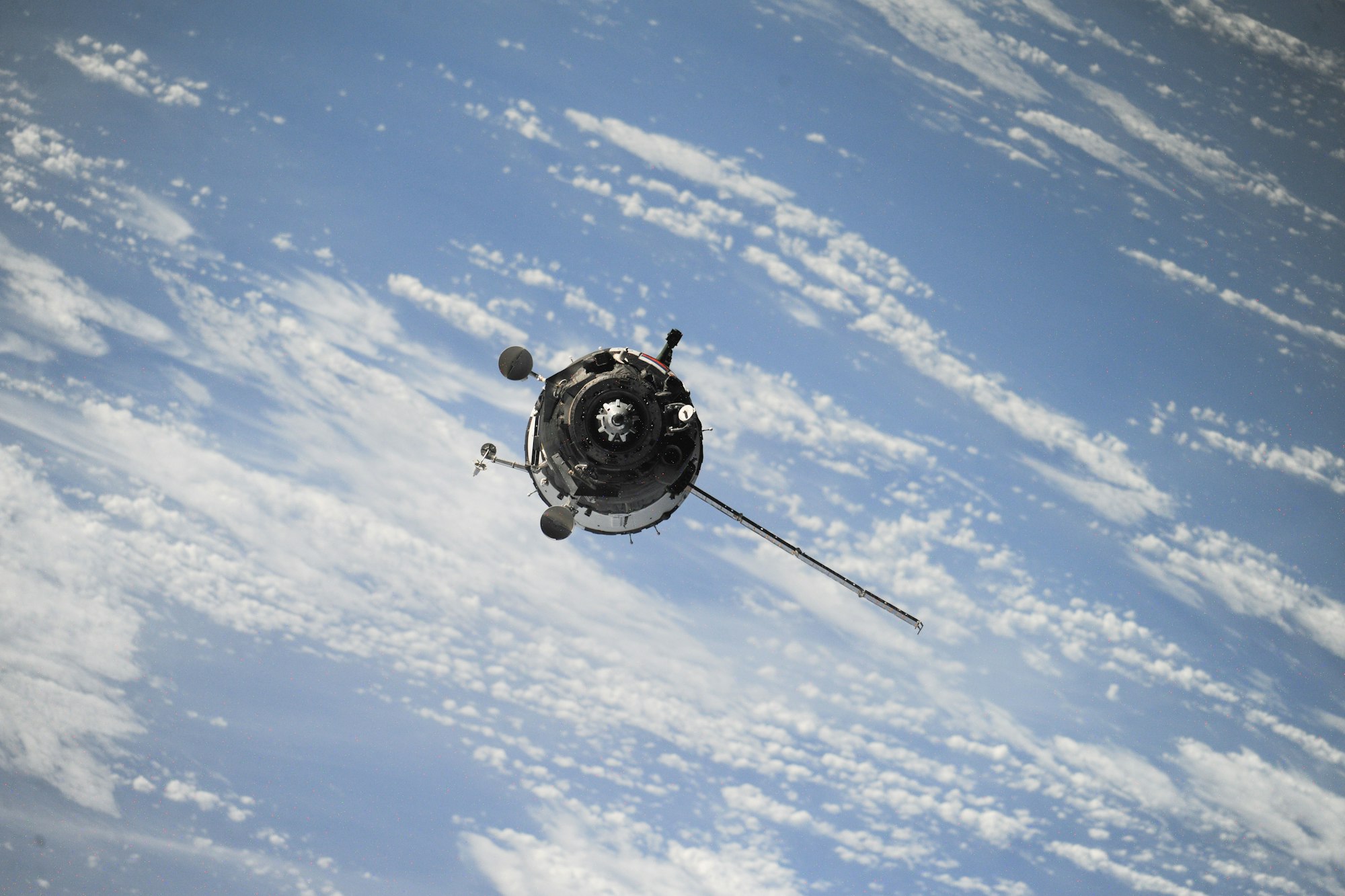
By conducting comprehensive system studies for future launch systems or upgrades to current systems, the FLPP focuses on technologies that have significant benefits but low TRLs. Once their feasibility can be ensured, and the inherent risks of sticking them on a launch vehicle can be mitigated or removed - they're ready.
A key strategy employed by the FLPP is the use of demonstrators: hands-on projects where one or several technologies are integrated into a model or prototype and tested in conditions that closely mimic real-world scenarios. By putting them into similar situations to what they'd face in the real world, the technology can be assessed for performance and safety, and then reviewed for integration with future launches.
FIRST: the Future Innovation and Research in Space Transportation Programme

Going even further down the chain, I discovered what's called FIRST - the Future Innovation and Research in Space Transportation Programme. A subsect of the FLPP that hopes to achieve the same goals of prototyping disruptive technologies, it takes a slightly different approach.
By taking a high risk high reward mindset and producing rapid prototypes, it looks at accelerating the path of new technologies to market readiness - making sure that new tech is constantly entering the industry to be used on future missions, and keeping pace with the rest of the world.
The programme invites start-ups, research institutions, and established industry players to submit their proposals for new technologies, and keeping it open and competitive allows for the best ideas to flourish.
Examples of Novel Technologies
This is all well and good, but the reality of what these departments and initiatives hope to achieve can only be fully realised when you look at some of the specific technologies that are being developed. Below, I share a few examples:
The Prometheus Engine
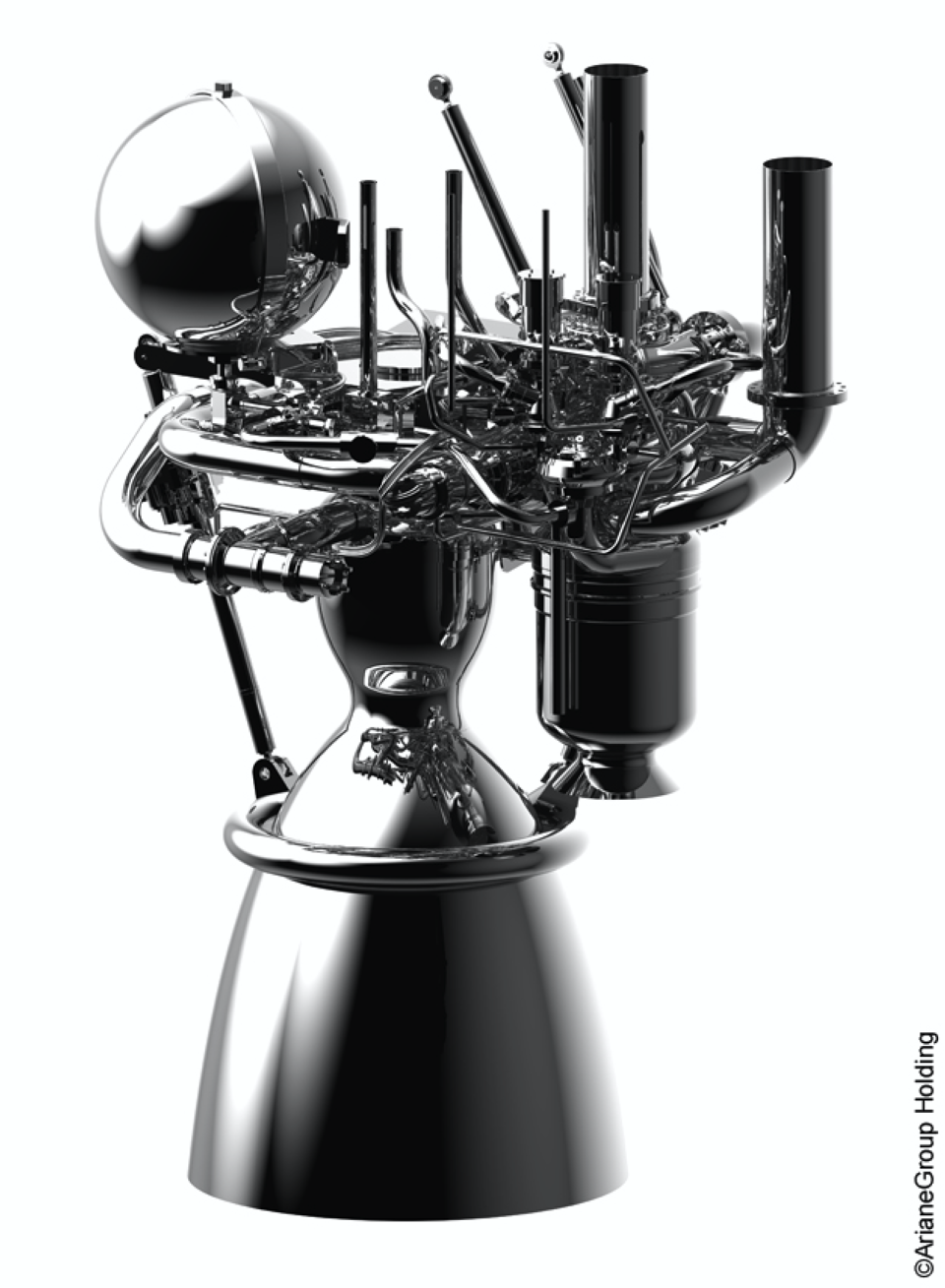
A cornerstone project under the FLPP, the Prometheus engine represents a leap forward in rocket propulsion technology. As Europe's first ultra-low-cost reusable rocket engine, Prometheus is fueled by liquid oxygen and methane—a choice that promises both cost reduction and also improved sustainability over traditional propellants.
Despite the emissions of space travel, one of the ESA's core goals is to produce forms of space travel that are feasible in the long run, and as minimally damaging to the environment as possible.
Prometheus' design aims for versatility across various spacecraft components, whether for core, booster, or upper stages, and for both reusable and expendable launch systems.
ETID: Expander-cycle Technology Integrated Demonstrator
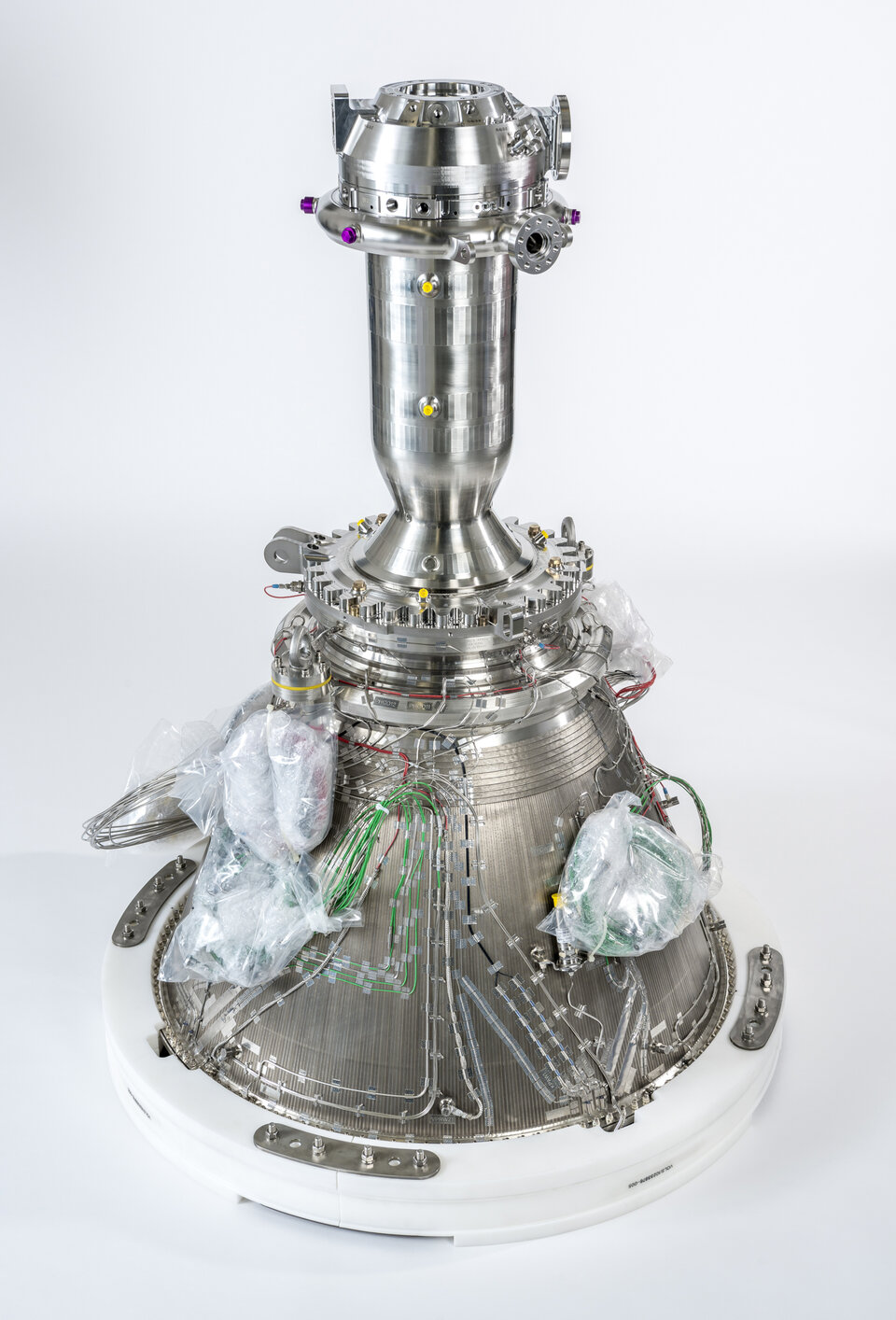
Called an 'intelligent engine' ETID is a full scale upper stage rocket engine demonstrator - designed to eventually operate in space, helping deliver satellites to their orbits, or sending probes on deep space missions.
ETID incorporates new designs for its combustion chamber and nozzles, including versions made through 3D printing. These innovations aim to optimise the engine’s performance by improving how fuel is burned and thrust is generated. Both the combustion chamber and the nozzle use the heat of the combustion to pre-heat and therefore “expand” the hydrogen propellant before combustion. The flow of cold hydrogen also has the effect of cooling the hardware, keeping the temperature within reasonable limits during operation.
The project took 9 full months to to test under a variety of conditions, but its reliability and versatility are proof of its success, and great indicators for use in future missions.
The Themis Project
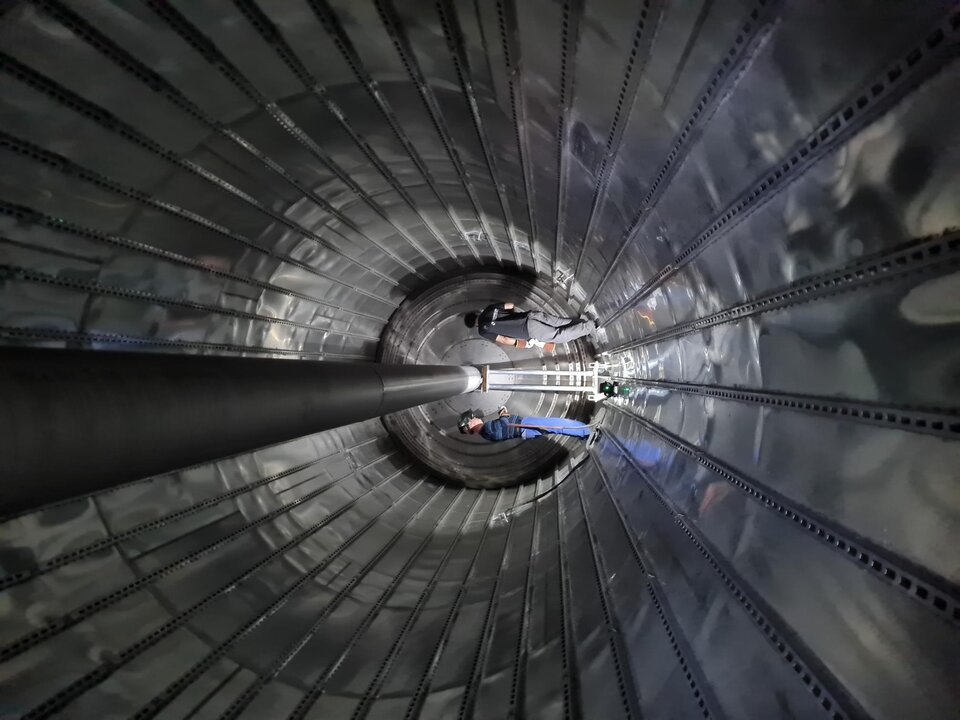
Another demonstrator project, the Themis project is one of Europe's practical steps towards the realisation of reusable rocket stages - similar to those of SpaceX's Falcon rockets. By demonstrating key technologies and operational procedures for the recovery and reuse of stages, Themis aims to significantly reduce the cost of access to space and increase launch frequency, echoing the broader industry trend towards sustainable and cost-effective space transportation. In other words - by showing that stages can be reused, and then launching multiple times to check it - costs and negative impacts on the environment can both be brought down.
Summary
Overall, it's impressive delving into the number of different directorates, initiatives and working groups that have been formed to boost Europe's presence in the space industry, especially through the form of novel technologies. With focuses on lower costs, greater sustainability and reusability, as well as reliability - the future is looking bright!
Sources
ESA - Unveiling vehicles and technologies for future space transportation
ESA - Future space transportation
ESA - Future space transportation
ESA - ESA sets sights on space transportation ecosystem
ESA - ESA looks to transform Europe’s space transportation capability
ESA - ESA defines elements of future European space transportation solutions
ESA - ESA sets sights on space transportation ecosystem
ESA - ESA looks to transform Europe’s space transportation capability
ESA - ESA defines elements of future European space transportation solutions
If you've read something on here and loved it, or want to read more, feel free to shoot me a message on my socials:
Instagram:
LinkedIn:
The feedback helps massively. Thanks!
